
Are you getting ready for an exciting field trip adventure? Packing for a field trip can be both exciting and overwhelming. You want to make sure you have everything you need for a fun and comfortable experience. From snacks and water bottles to comfortable shoes and a camera, there are essential items that should not be missed. With our guide to essential items to pack for an unforgettable field trip experience, you'll be well-prepared for any adventure that comes your way!
| Characteristics | Values |
|---|---|
| Location | Outdoor |
| Duration | Full day |
| Weather | Variable |
| Terrain | Uneven |
| Activities | Hiking, Exploring, Learning |
| Clothing | Comfortable, Layered |
| Footwear | Sturdy, Closed-toe |
| Food | Packed lunch, Snacks |
| Water | Bottled water |
| Sunscreen | SPF 30+ |
| Insect repellent | DEET-free |
| Medications | As needed |
| First aid kit | Fully stocked |
| Extra clothing | For changing weather |
| Camera | Optional |
| Money | As needed |
| Identification | School ID, Emergency contact |
| Permission slip | Signed |
| Emergency contact | School office, Parents' phone number |
| Transportation | Provided by school or arranged |
| Rules and Behavior | Follow rules, Stay with group |
| Other essentials | Map, Compass, Binoculars |
What You'll Learn
- What are the essential items to pack on a field trip?
- Are there any specific items that are necessary depending on the type of field trip?
- How should I pack my belongings to ensure they are safe and secure during the trip?
- Should I bring any snacks or food with me on a field trip, or will it be provided?
- What clothing and footwear should I pack to be prepared for various weather conditions?

What are the essential items to pack on a field trip?
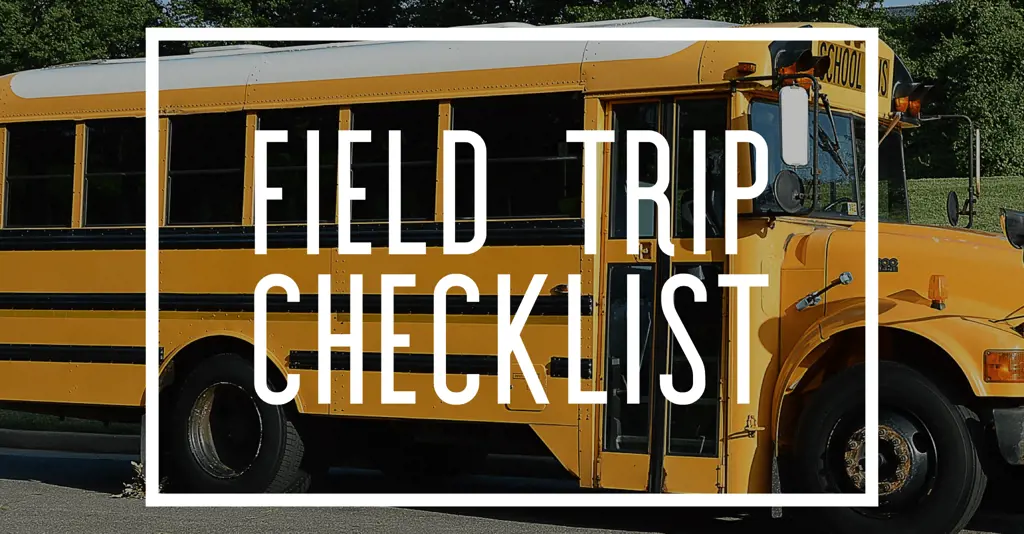
When going on a field trip, it is essential to be prepared and pack all the necessary items to ensure a safe and comfortable experience. Whether you are heading to the zoo, a historical site, or a nature reserve, here are some of the essential items that you should pack:
- Water bottle: Staying hydrated is crucial, especially when you are spending a significant amount of time outdoors. Carry a reusable water bottle to ensure you have access to clean drinking water throughout the trip.
- Snacks: Pack some nutritious snacks to keep you energized throughout the day. Opt for items like granola bars, fruits, nuts, or trail mix. Avoid perishable foods to prevent spoilage.
- Sunscreen: Protect yourself from the harmful rays of the sun by applying sunscreen before heading out. Choose a broad-spectrum sunscreen with a high SPF and reapply it every few hours.
- Insect repellent: Depending on the destination and season, bugs and insects can be a nuisance. To avoid pesky bites, carry an insect repellent spray or lotion. Look for a product that contains DEET or picaridin for maximum effectiveness.
- Hat and sunglasses: Shield your eyes and face from the sun by wearing a wide-brimmed hat and sunglasses. These accessories provide added protection against harmful UV rays and reduce the risk of heatstroke.
- Comfortable footwear: As you will be walking or standing for extended periods, it is crucial to wear comfortable and sturdy shoes. Avoid open-toe sandals or shoes with heels, as they may not provide adequate support and can lead to discomfort or injuries.
- Weather-appropriate clothing: Dress appropriately for the weather conditions. If it's a sunny day, wear lightweight and breathable clothing to stay cool. In colder weather, layer your clothing to stay warm and be prepared for any unexpected changes in temperature.
- First aid kit: Accidents can happen during field trips, so it is important to have a basic first aid kit on hand. Include items like band-aids, antiseptic wipes, adhesive tape, pain relievers, and any necessary prescription medications for yourself or others in your group.
- Camera or notebook: Document your field trip experience by carrying a camera or a notebook to jot down observations or take notes. Capture memorable moments or record important information for future reference.
- Other essentials: Additional items you may need include a map or guidebook of the area you are visiting, a backpack or bag to carry your belongings, a portable charger for electronic devices, and important contact information for emergency purposes.
Remember, it is always better to be over-prepared than under-prepared when going on a field trip. Packing these essential items will help ensure a smooth and enjoyable experience while keeping you safe and comfortable.
Essential Clothing to Pack for an Alaskan Cruise
You may want to see also

Are there any specific items that are necessary depending on the type of field trip?
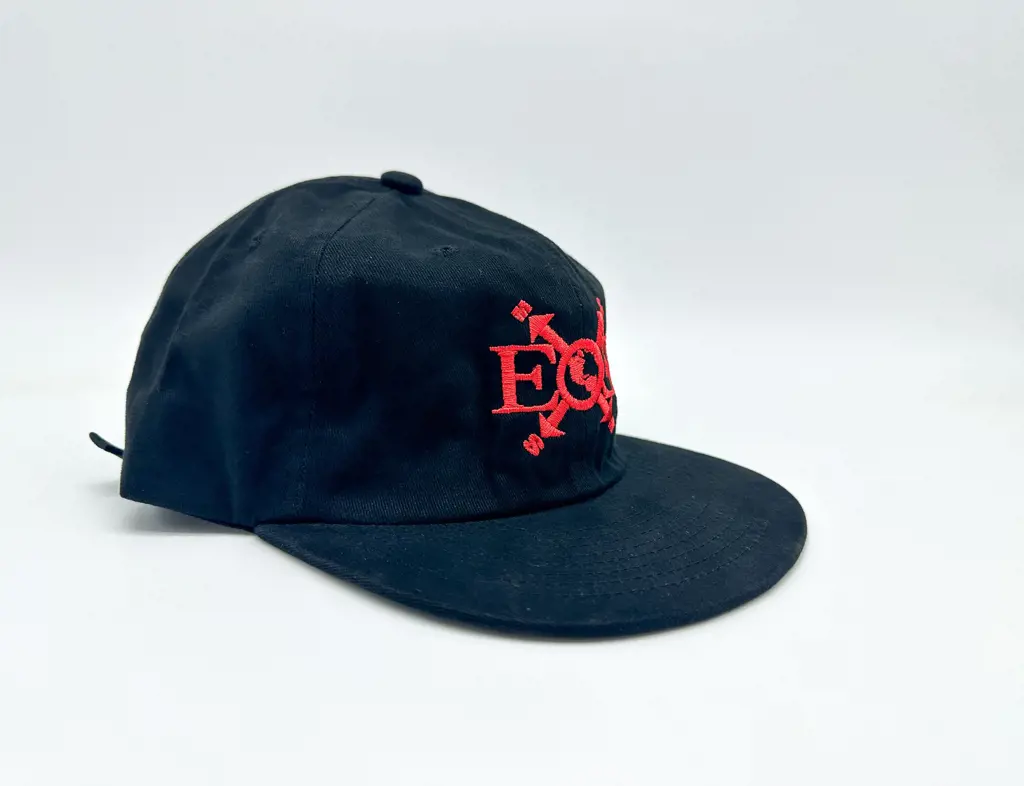
When preparing for a field trip, it is important to consider the specific items that may be necessary depending on the type of trip. Whether you are planning an educational visit to a museum, a nature hike, or a historical tour, there are certain items that can enhance your experience and ensure that you are well-prepared. In this article, we will explore some of these essential items that you should consider bringing along on your field trip.
Comfortable Clothing and Footwear
One of the most important things to consider when going on a field trip is to wear comfortable and appropriate clothing. Depending on the type of trip, you may need to dress in layers to accommodate changing weather conditions. It is also essential to wear comfortable footwear as you may be walking or standing for extended periods of time.
Weather Protection Items
Weather can be unpredictable, so it is always a good idea to be prepared for different conditions. Some essential items to consider packing include a waterproof jacket or poncho, sunscreen, a hat, sunglasses, and insect repellent. These items will ensure that you are protected from the elements and can fully enjoy your field trip regardless of the weather.
Food and Water
It is important to stay hydrated and nourished during your field trip, especially if it involves physical activities or long hours of exploration. Make sure to bring a refillable water bottle and snacks or a packed lunch if necessary. Having these items with you will help keep your energy levels up and ensure that you can fully participate in the activities planned for the day.
Note-taking Materials
Depending on the nature of your field trip, you may want to bring along some note-taking materials such as a notebook and pen. This can be particularly useful for educational trips where you may want to jot down important information or interesting facts. Additionally, you may also want to bring a camera to capture special moments or document your findings.
First Aid Kit
While it is always hoped that accidents won't happen, it is always better to be prepared for any unforeseen circumstances. Packing a small first aid kit with basic supplies such as band-aids, antiseptic wipes, and pain relievers can come in handy in case of minor injuries or discomfort.
Extra Storage
Bringing along a small backpack or bag with some extra storage space can be useful for carrying any additional items you might acquire during the trip. This can include souvenirs, pamphlets, or other resources that you may want to take home with you.
In conclusion, there are several specific items that may be necessary depending on the type of field trip you are planning. By considering factors such as clothing, weather protection, food and water, note-taking materials, a first aid kit, and extra storage, you can ensure that you are well-prepared and ready to make the most of your field trip experience. Remember to always check with the organizers or do some research to see if there are any additional items that may be required for your specific trip.
Essential Items to Pack for a Week-Long Vacation in Arizona
You may want to see also

How should I pack my belongings to ensure they are safe and secure during the trip?
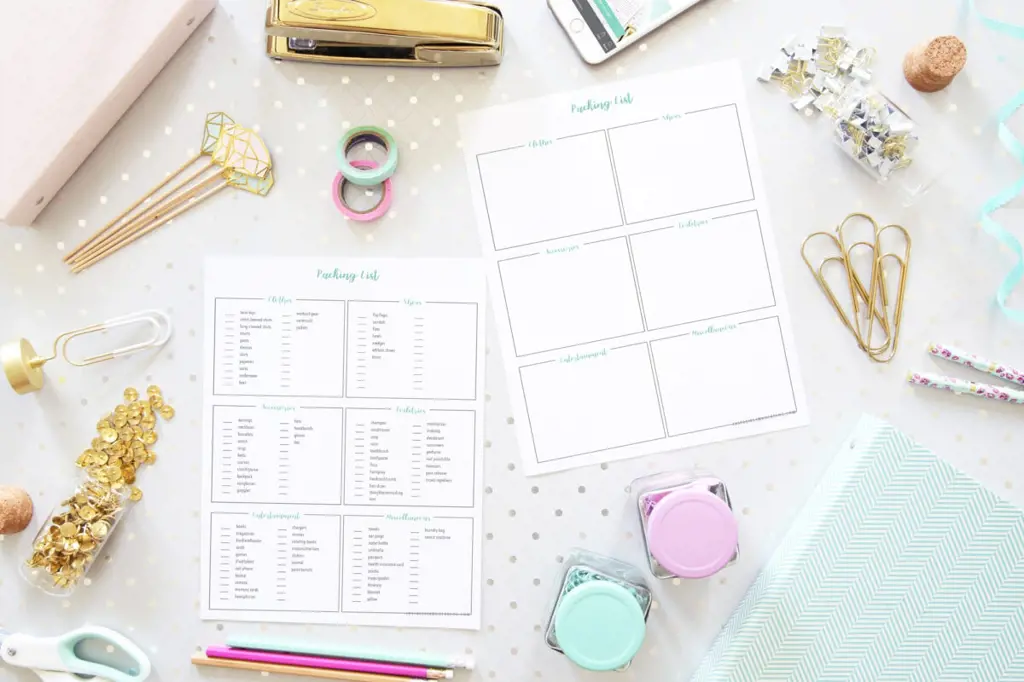
When embarking on a trip, whether it be for business or pleasure, it is essential to ensure that your belongings are packed in a way that will keep them safe and secure throughout the journey. Follow these steps to pack your belongings properly and minimize the risk of damage or theft.
- Choose the right luggage: Pick a sturdy suitcase or backpack with strong zippers and locks. Ideally, opt for hard-shell suitcases as they provide better protection for fragile items.
- Make a packing list: Before you start packing, create a detailed list of the items you need to bring. This will help you stay organized and avoid forgetting any essential items. It is also a great way to keep track of your belongings during the trip.
- Wrap breakable items: For fragile items such as glassware or electronics, wrap them individually in bubble wrap or packing paper. This will cushion them and prevent them from shifting during transit.
- Utilize packing cubes: Use packing cubes or small bags to separate and organize your belongings. This will make it easier to locate specific items without having to rummage through your entire luggage.
- Utilize empty spaces: Fill any empty spaces in your luggage with soft items like clothing or socks. This will help prevent items from shifting during transit and minimize the risk of them getting damaged.
- Distribute weight evenly: When packing, distribute the weight evenly to avoid putting excessive strain on one side of your luggage. This will help prevent the suitcase from tipping over or getting damaged due to uneven weight distribution.
- Use TSA-approved locks: If you are flying, use Transportation Security Administration (TSA) approved locks on your luggage. These locks can be opened by TSA agents if necessary for security checks without causing damage to your locks or luggage.
- Keep valuables in your carry-on: Important documents, electronics, and valuable items should always be kept in your carry-on bag. This way, you can keep them in sight at all times and minimize the risk of theft or damage.
- Pack a first aid kit: It is always a good idea to have a small first aid kit packed in your luggage. Include essentials like band-aids, pain relievers, and any necessary prescription medications. This will come in handy in case of minor injuries or illnesses during your trip.
- Label your luggage: Attach a luggage tag with your contact information to each piece of luggage. This will make it easier to locate your bags in case they get misplaced or lost during the journey.
By following these steps, you can ensure that your belongings are packed in a way that minimizes the risk of damage or theft during your trip. Remember to take extra precautions when traveling to destinations with higher rates of theft or when transporting valuable items. Safe travels!
Essential Items for a Summer Trip to the Bay Area
You may want to see also

Should I bring any snacks or food with me on a field trip, or will it be provided?
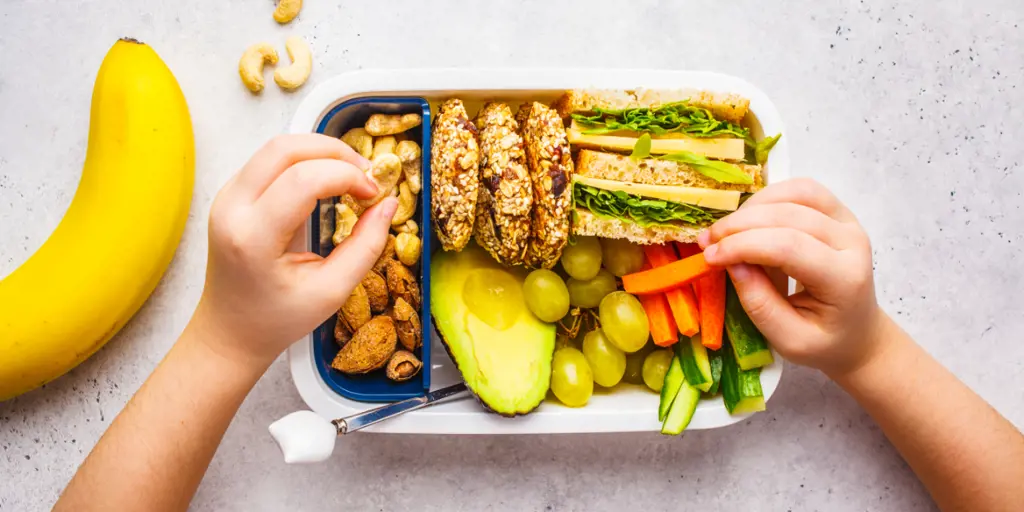
When going on a field trip, it is always a good idea to be prepared and bring some snacks or food with you. While some field trips may provide food, it is always better to have something on hand in case it is not provided or in case you have specific dietary restrictions. Bringing your own snacks can help ensure that you have something to eat throughout the day and can also help you stay energized and focused during the trip. Here are some reasons why you should bring snacks on a field trip:
- Availability of food: There is no guarantee that a field trip will provide food for all participants. Some field trips may require you to bring your own lunch or snacks, especially those that take place in remote areas or outdoor settings where food options may be limited. By bringing your own snacks, you can ensure that you have food available when you need it.
- Dietary restrictions: Many people have dietary restrictions or allergies that can make it challenging to find suitable food options on a field trip. By bringing your own snacks, you can ensure that you have something to eat that aligns with your dietary needs. This is particularly important for individuals with food allergies or intolerances who may need to avoid certain ingredients.
- Energy and focus: Field trips can be long and tiring, especially if you are exploring new places or engaging in physical activities. Having snacks on hand can help provide a quick boost of energy and help you stay focused throughout the day. Healthy snacks like fruits, nuts, and granola bars can provide a sustained source of energy to keep you going.
- Convenience: Bringing your own snacks can be a more convenient option, especially if you are going on a field trip that involves a lot of walking or outdoor activities. Having snacks readily available can save you time and effort in looking for food options during breaks or lunchtime. It also allows you to eat at your own pace and in a comfortable setting.
Here are some tips for packing snacks for a field trip:
- Opt for portable options: Choose snacks that are easy to carry and can withstand being in a bag or backpack. Some examples include pre-cut fruits, trail mix, granola bars, and sandwiches.
- Pack a variety: Bring a mix of sweet and savory snacks to suit different preferences and cravings. This can include items like cookies, chips, cheese sticks, and dried fruit.
- Consider shelf-stable options: Choose snacks that do not require refrigeration or special storage conditions. This is particularly important for field trips that last for an extended period or take place in hot weather.
- Stay hydrated: Along with snacks, make sure to pack water or other hydrating beverages to keep yourself hydrated throughout the day. Staying hydrated is essential for maintaining energy levels and preventing dehydration.
In conclusion, bringing your own snacks on a field trip is always a good idea. It ensures that you have food available, especially if it is not provided or if you have dietary restrictions. Additionally, having snacks on hand can help you stay energized and focused during the trip. So, make sure to pack some portable and healthy snacks for your next field trip to make the experience more enjoyable and stress-free.
Essential Items to Pack for Your Trip to Vietnam
You may want to see also

What clothing and footwear should I pack to be prepared for various weather conditions?
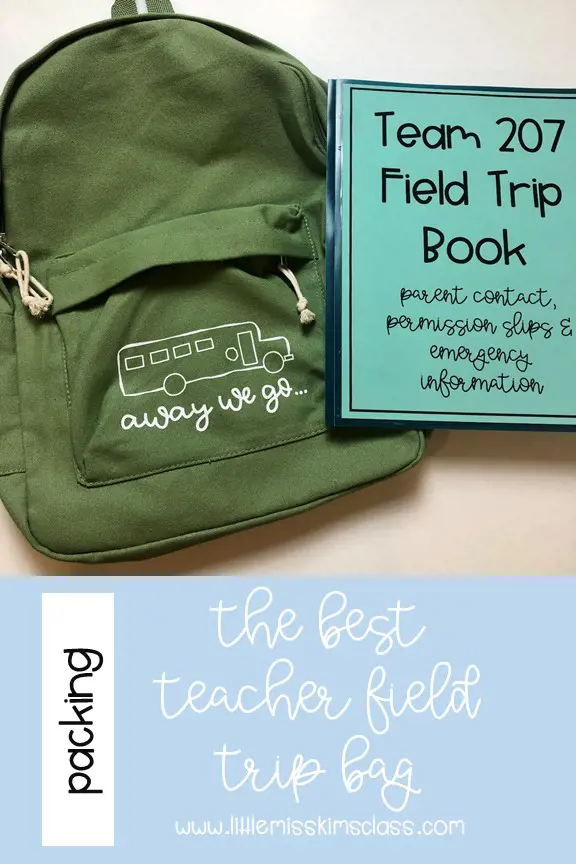
When packing for a trip, it is essential to consider the weather conditions at your destination. The right choice of clothing and footwear can make a significant difference in your comfort level and overall experience. In this article, we will provide some guidance on packing appropriately for various weather conditions.
Hot and sunny weather:
When traveling to a destination with hot and sunny weather, it is crucial to pack lightweight and breathable clothing. Opt for loose-fitting clothes made from natural fabrics like cotton or linen. These fabrics allow air to circulate and help you stay cool. Choose light-colored clothing as it reflects the sun's rays and minimizes heat absorption. Additionally, don't forget to pack a wide-brimmed hat to protect your face and neck from direct sunlight.
In terms of footwear, consider packing sandals or open-toed shoes that allow your feet to breathe. Look for styles that provide arch support and have cushioned soles for added comfort. Don't forget to bring a pair of sunglasses to protect your eyes from the bright sun.
Cold and snowy weather:
When traveling to a destination with cold and snowy weather, it is essential to pack warm clothing layers. Start with a base layer made of moisture-wicking material to keep your skin dry. Add a thermal or wool layer for insulation, followed by a waterproof and windproof outer layer. This layering system will help you stay warm and dry in cold conditions.
Clothing items to consider include thermal underwear, fleece jackets or sweaters, insulated pants, and a waterproof jacket or parka. Don't forget accessories like warm gloves, a hat, and a scarf to protect your extremities from frostbite. When it comes to footwear, invest in insulated and waterproof boots with good traction to navigate through snowy and icy conditions.
Rainy weather:
When traveling to a destination prone to rain, it is essential to pack waterproof clothing and accessories. Look for a waterproof or water-resistant jacket with a hood to keep you dry during sudden downpours. Consider packing waterproof pants or a rain poncho to protect your lower body as well. It is also a good idea to pack a compact umbrella that can fit in your bag or backpack.
In terms of footwear, opt for waterproof shoes or boots to keep your feet dry and comfortable. Look for styles with good traction to prevent slipping on wet surfaces. Additionally, consider packing a small, lightweight towel to dry off if you do get wet.
Variable weather conditions:
If you're traveling to a destination with unpredictable weather conditions, it is crucial to pack versatile pieces that can be layered. Look for clothing items that can be easily mixed and matched to adapt to changing temperatures. For example, pack a light jacket that can be worn over a t-shirt on warmer days or layered over a sweater on colder days.
When it comes to footwear, consider packing a pair of comfortable and versatile shoes that can be dressed up or down depending on the occasion. Look for styles that are durable and resistant to different weather conditions.
In conclusion, packing the right clothing and footwear for various weather conditions can greatly enhance your travel experience. Whether you're facing hot and sunny, cold and snowy, rainy, or variable weather conditions, it is essential to choose appropriate clothing and footwear that will keep you comfortable and protected. By considering the tips mentioned in this article, you can ensure that you are prepared for any weather conditions you may encounter on your trip.
Essential Packing List for a Two-Week Trip
You may want to see also
Frequently asked questions
When packing for a field trip, it is important to consider the location and duration of the trip. Some essential items to pack include a water bottle, snacks, comfortable shoes, sunscreen, and a weather-appropriate outfit. You may also want to bring any necessary medications, a hat, and a small backpack to carry your belongings.
It is always a good idea to bring some money on a field trip, just in case. You may need money for lunch or snacks, souvenirs, or unexpected expenses. It is best to bring small bills and coins, as it may be difficult to get change for larger bills while on the trip.
Whether you can bring electronic devices on a field trip depends on the rules and regulations set by the organizers. In some cases, electronic devices may be allowed, but they may need to be turned off or put away during certain activities or parts of the trip. It is important to follow any guidelines provided by the organizers to ensure a safe and enjoyable experience for everyone.
It is always a good idea to pack an extra change of clothes for a field trip, especially if the trip involves outdoor activities or if you may get wet or dirty. Accidents happen, and having spare clothing can come in handy in case of spills, falls, or unexpected changes in weather. It is also a good idea to pack a plastic bag to store any dirty or wet clothes.







